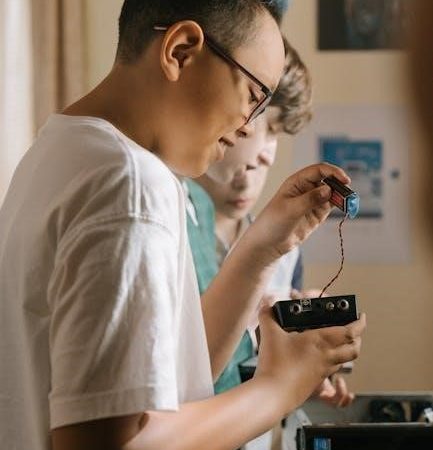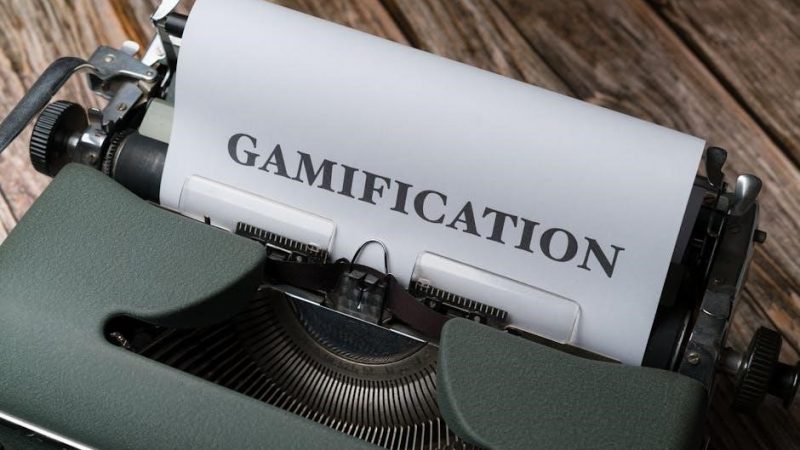how to convert auto to manual

Converting an automatic car to manual is a complex process sought by driving enthusiasts for better control and engagement, requiring significant mechanical and electrical modifications, especially in modern vehicles.
1.1 Why Convert an Automatic to Manual
Converting an automatic car to manual offers enhanced driver engagement, better fuel efficiency, and improved control. Enthusiasts often seek this for performance driving, as manuals provide precision shifting and a direct connection to the vehicle. Additionally, manuals are generally more durable and cost-effective in the long run. For classic car restorers or collectors, a manual transmission may better align with the vehicle’s original intent. The satisfaction of mastering a manual gearbox also appeals to many, making the conversion a rewarding endeavor for driving purists.
1.2 Overview of the Conversion Process
The conversion process involves replacing key components such as the automatic transmission, torque converter, and pedals with manual counterparts. This includes installing a manual transmission, clutch, flywheel, and pedal assembly. Electrical systems and wiring must also be reconfigured to accommodate the manual setup. The process requires mechanical expertise, specialized tools, and a suitable workspace. While challenging, the conversion can be achieved with careful planning and execution, transforming the driving experience to one of greater control and engagement.
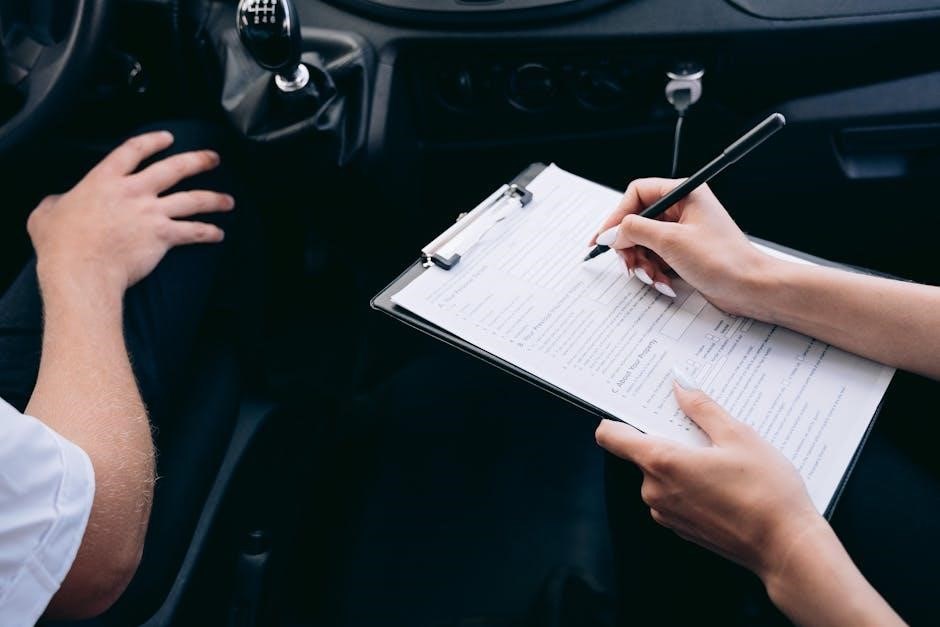
Feasibility and Considerations
Converting an automatic car to manual is a significant undertaking, requiring substantial cost, mechanical expertise, and compatibility checks. It is often feasible for classic or rare vehicles where manual parts are available, but modern cars may pose complexity due to advanced electrical systems. Careful evaluation of time, budget, and skill level is essential before proceeding with such a conversion.
2.1 Mechanical and Electrical Challenges
Converting an automatic car to manual involves numerous mechanical and electrical challenges. Replacing the transmission, torque converter, and driveshaft requires precise mechanical adjustments. The clutch and flywheel must be installed, and manual pedals fitted, ensuring proper alignment and functionality. Electrical systems must be reconfigured, including sensors and the ECU, to accommodate manual operation. These modifications demand specialized tools and technical expertise, making it a daunting task for inexperienced individuals. Compatibility issues may arise, especially in modern vehicles, where advanced electronics further complicate the process. Patience and thorough planning are essential to overcome these hurdles successfully.
2.2 Cost and Time Requirements
Converting an automatic car to manual is a costly and time-intensive endeavor. Parts like the transmission, clutch, and pedals can be expensive, especially for rare or high-performance models. Labor costs add up, particularly if professional expertise is required. The time needed ranges from weeks to months, depending on complexity and availability of components. Budgeting for unforeseen expenses is crucial, as initial estimates may not cover all necessary modifications. Balancing financial investment with the desired outcome is essential to ensure the conversion’s success and satisfaction.
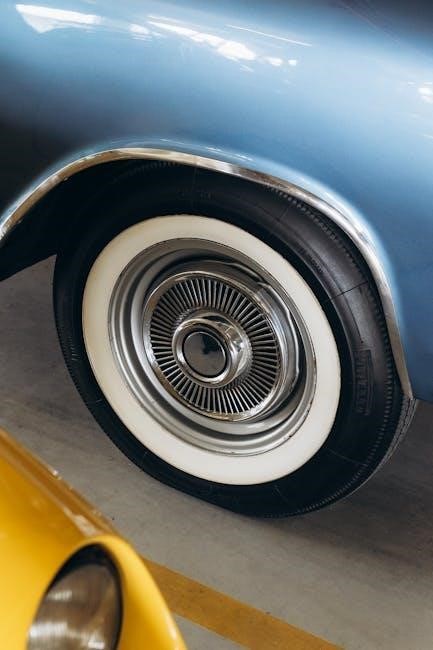
Key Components to Replace
Replacing key components such as the transmission, torque converter, clutch, flywheel, pedals, and linkage is essential for a successful automatic-to-manual conversion.
3.1 Transmission and Torque Converter
The heart of the conversion involves replacing the automatic transmission with a manual gearbox. This requires removing the torque converter, as it is no longer needed, and installing a flywheel. The manual transmission must be compatible with the engine’s specifications to ensure proper operation. Additionally, the driveshaft may need to be replaced or modified to fit the new manual transmission. This step is crucial for enabling manual gear shifts and clutch operation.
3.2 Clutch and Flywheel
Installing a clutch system is essential for manual transmission functionality. The clutch replaces the automatic torque converter, enabling engine disengagement during gear shifts. A new flywheel must be fitted to accommodate the clutch assembly. Proper alignment and installation are critical to avoid vibration and ensure smooth operation. The clutch pedal and master cylinder are also added to complete the system. This step is vital for enabling driver control over gear changes, making it a cornerstone of the conversion process.
3.3 Pedals and Linkage
Replacing the automatic pedals with a manual pedal assembly is a critical step. This includes installing a clutch pedal, brake pedal, and linkage system to connect the clutch pedal to the transmission. The linkage ensures smooth engagement and disengagement of the clutch, allowing precise control over gear shifts. Modern vehicles may require additional adjustments to integrate the manual linkage with existing electrical systems. This step is essential for enabling manual gear changes and achieving proper driver control.
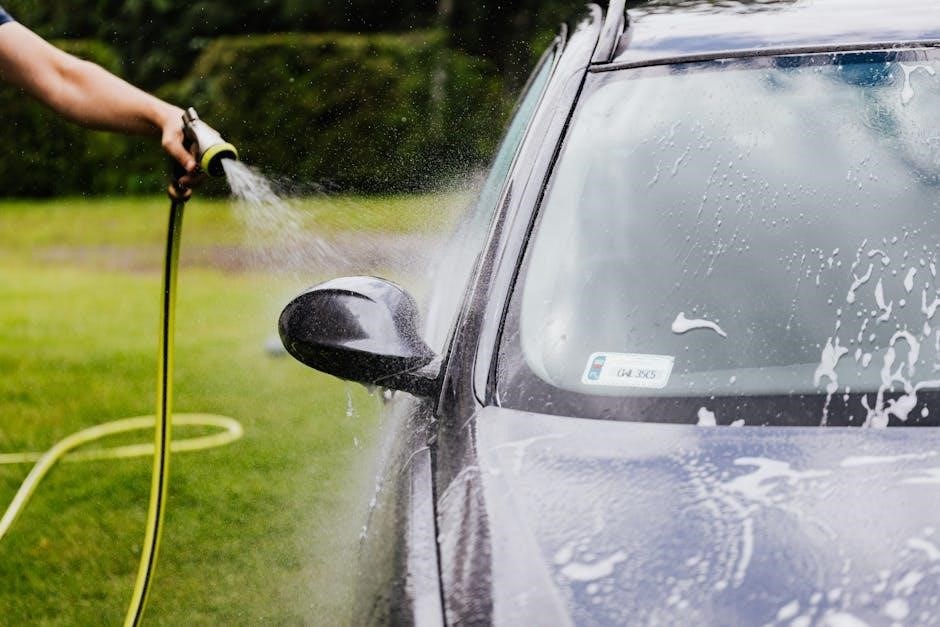
Tools and Workspace Preparation
Gather essential tools like wrenches, sockets, and specialized equipment for transmission work. Ensure a well-lit, ventilated workspace with a car lift or jack stands for safe and efficient conversion.
4.1 Essential Tools for the Job
The conversion process demands a wide array of tools, including impact wrenches, socket sets, torque wrenches, and specialized gear for handling the transmission and drivetrain components. A hydraulic jack and sturdy jack stands are crucial for lifting and supporting the vehicle safely. Additionally, a workshop manual specific to your car’s make and model will provide invaluable guidance throughout the process. Ensure all tools are in good condition to avoid complications during disassembly and reassembly.
4.2 Setting Up a Suitable Workspace
A well-prepared workspace is critical for a successful conversion. Choose a clean, dry, and well-ventilated area with ample space to accommodate the car and tools. Ensure the floor is level to prevent the vehicle from shifting during work. Proper lighting is essential for visibility, and a vice or workbench can aid in fabricating or adjusting parts. Organize tools and components neatly to avoid misplacement and streamline the process. Safety equipment, such as jack stands and a hydraulic jack, must be readily available to securely lift and support the vehicle during disassembly and assembly.

Removing the Automatic Components
Removing the automatic transmission involves disconnecting electrical systems, extracting the transmission, and detaching the torque converter and driveshaft, essential steps before installing manual components.
5.1 Disconnecting Electrical Systems
Disconnecting electrical systems is crucial when converting an automatic car to manual. This involves identifying and detaching sensors, solenoids, and wiring connected to the automatic transmission and torque converter. Modern vehicles often have complex electronics, so careful planning and documentation are essential to avoid damaging components or disrupting other systems. Ensure all connectors are safely removed and capped to prevent shorts or corrosion during the conversion process.
5.2 Extracting the Automatic Transmission
Extracting the automatic transmission requires careful preparation and specialized tools. Begin by draining the transmission fluid and disconnecting all remaining electrical and mechanical connections. Use a transmission jack or hoist to safely lift and remove the heavy unit. Ensure the vehicle is securely supported on a lift or jack stands to prevent accidents. This labor-intensive step may necessitate professional assistance, especially for modern vehicles with complex systems integrated into the transmission.
5.3 Removing the Torque Converter and Driveshaft
After extracting the automatic transmission, the next step involves removing the torque converter and driveshaft. The torque converter is typically bolted to the transmission and must be carefully separated. The driveshaft, which connects the transmission to the differential, is usually held in place by universal joints or center bearings. Use appropriate tools to disconnect and remove these components, ensuring they are set aside for potential reuse or storage. This process requires precision to avoid damage to surrounding parts.

Installing the Manual Components
Installing manual components involves fitting the new transmission, clutch, flywheel, and pedal assembly. Ensure proper alignment and connections for smooth operation and precise control.
6.1 Fitting the Manual Transmission
Fitting the manual transmission involves removing the automatic transmission and carefully installing the new manual unit. Ensure the bellhousing is compatible and properly aligned with the engine. Secure the transmission using the correct mounts and hardware. The driveshaft may need to be shortened or replaced to fit the manual gearbox. Proper alignment is crucial to avoid damage and ensure smooth operation. Consult a professional if unsure, as improper installation can lead to mechanical failure.
6.2 Installing the Clutch and Flywheel
Installing the clutch and flywheel is a critical step in the conversion process. The flywheel must be compatible with the manual transmission and may need resurfacing or replacement. A new clutch kit, including the pressure plate, disc, and bearing, is then installed. Proper alignment is essential to ensure smooth engagement. Use a clutch alignment tool to center the clutch and flywheel accurately. Tighten all bolts gradually to avoid warping the flywheel. Refer to the manufacturer’s specifications for torque values and installation procedures.
6.3 Mounting the Manual Pedal Assembly
Mounting the manual pedal assembly requires removing the automatic pedals and installing the clutch and brake pedals. Fabricate or purchase a pedal assembly compatible with your vehicle’s make and model. Ensure proper alignment and spacing to maintain ergonomic comfort. Bolt the assembly securely to the firewall or floor pan, following manufacturer specifications. Connect the clutch master cylinder to the pedal assembly and bleed the system to remove air. Test the pedal feel and adjust as needed for optimal performance and driver control.
Electrical and Wiring Adjustments
Modern vehicles require reconfiguring the wiring system to accommodate manual transmission components. Sensors and the ECU must be recalibrated to recognize the new gear selection and torque inputs.
7.1 Reconfiguring the Wiring System
Reconfiguring the wiring system is crucial when converting from automatic to manual. Modern cars rely on complex electrical systems, requiring sensors and ECU recalibration. The automatic transmission’s wiring must be adapted to support manual components, such as the clutch pedal sensor and gear position indicator. Additional modifications may involve installing new wiring harnesses or interfaces for proper communication between the transmission and engine. This step often demands expertise due to the intricate nature of modern vehicle electronics. Always consult wiring diagrams and consider professional assistance for accuracy.
7.2 Adjusting the ECU and Sensors
Adjusting the ECU and sensors is essential for a smooth automatic-to-manual conversion. The ECU must be reprogrammed to recognize manual transmission inputs, such as clutch engagement and gear shifts. Sensors like the clutch pedal position sensor and gear position sensor need calibration to ensure accurate data transmission. Modern vehicles may require specialized software or diagnostic tools to update the ECU. Incorrect settings can lead to poor performance or even engine issues, making this step critical for optimal functionality and driver experience.
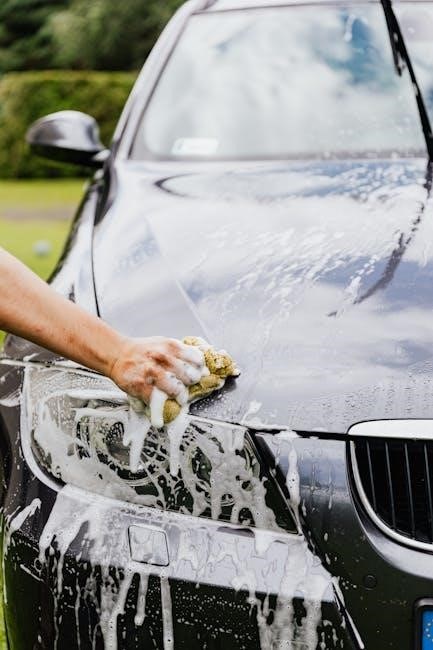
Testing and Fine-Tuning
After installation, conduct an initial road test to check for leaks, unusual noises, or performance issues. Fine-tune the clutch and gearbox for smooth operation and optimal performance.
8.1 Initial Road Test
Begin with a controlled environment to test the manual conversion. Start in a quiet, open space to ensure safety. Test the clutch engagement and smooth shifting through all gears. Check for any unusual noises, leaks, or performance issues. Pay attention to how the car responds to acceleration and deceleration. This initial test helps identify any mechanical or electrical issues that may need adjustment before proceeding to fine-tuning.
8.2 Adjusting the Clutch and Gearbox
After the initial road test, fine-tune the clutch and gearbox for optimal performance. Adjust the clutch pedal to ensure proper engagement and disengagement. Check the linkage alignment and tighten any loose connections. Ensure the gearbox is properly secured and aligned with the engine. Lubricate all moving parts to reduce friction and noise. Test the car again to verify smooth shifting and acceleration. These adjustments ensure a seamless driving experience and prevent premature wear on the newly installed components.
Cost and Time Considerations
Converting an automatic to manual is costly and time-consuming, requiring significant investment in parts and labor. Budget for transmission, clutch, and electrical adjustments, with timelines varying from weeks to months depending on complexity and expertise.
9.1 Budgeting for Parts and Labor
Budgeting for an automatic-to-manual conversion requires careful planning. Parts costs include a manual transmission, clutch, flywheel, pedals, and linkage, totaling thousands depending on the vehicle. Labor costs vary widely, with professional shops charging significantly more than DIY efforts. Additional expenses may arise from unexpected issues like electrical reconfiguration or custom fabrication. A detailed parts list and labor estimate are essential to avoid financial surprises during the process.
9.2 Timeframe for Completion
The timeframe for converting an automatic car to manual varies depending on the car’s make, model, and complexity. Simple swaps on classic vehicles might take a few weeks, while modern cars with advanced electronics could require several months. DIY enthusiasts should allocate additional time for troubleshooting, whereas professional shops can complete the job faster. Factors like custom fabrication or unexpected issues can extend the timeline, making patience and detailed planning essential for a successful conversion.


